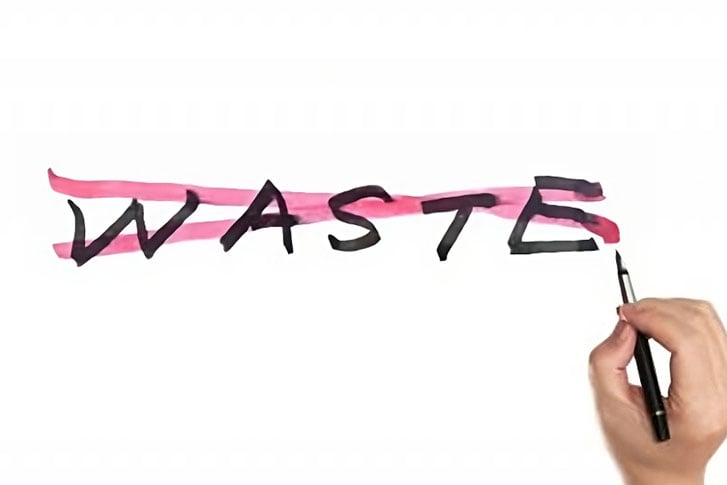What is lean?
Lean is a business system focused on continuously improving processes by reducing the time taken and the waste involved in delivering increasing value to the customer. Customers in this case may be internal relative to a system or business process owner/sponsor or external relative to a product or service client.
A computer system validation (CSV) program, like any other subject matter area within a quality management system has business processes it follows that inherently have waste built into them.
Waste: activities that add no value to the product or service but create only time and cost that the customer does not want to pay for.
Value: Value is always defined from the customer’s perspective. It is a benefit that satisfies a need that they are willing to pay for.
Where to begin?
So where does one start to evaluate their current situation and focus energy in a positive direction? Perform a quick best practice assessment by asking the following questions:
- Is your CSV approach driven by a policy, plan, or program?
- 2. Is your CSV approach based on a subject matter expert (SME)-driven, risk-based philosophy (e.g., consistent with an industry standard or best practice such as ASTM E2500 or GAMP)?
- 3. If you follow a risk-based approach, does your approach actually categorize systems and create different sized (documentation) efforts, or is it a one size fits all approach?
- 4. Does your CSV approach include documented risk assessments throughout the lifecycle of a system (e.g., such as during changes and as part of periodic review)?
- 5. Is the responsibility of system compliance defined and balanced within their assigned areas for the subject matter experts (e.g., business owner, technical owner, validation owner, quality owner), or does validation “pick up the slack.”
- 6. Does your CSV approach have key performance indicators (KPIs) that integrate into either a project management program or the overall quality management system?
If you answered no to any of these questions, your approach/process has the opportunity to improve by reducing or eliminating waste so it can become more lean.
Lean Benefits
Reducing or eliminating waste and becoming more lean means the following:
- Freeing up resources and time (becoming more efficient),
- Saving money for you and the customer (becoming more effective)
Do you know the eight types of wastes that affect all processes? Here’s a hint, DOWNTIME.
DOWNTIME is an acronym for the following:
Defects
Over-production
Waiting
Non-utilized talent
Transport
Inventory
Motion
Extra processing
Think of your current processes in terms of these quantifiable waste areas and consider how they can either be reduced or eliminated.
Remember, continuous improvement is just that, continuous. This means the process of reducing effort, time, space, cost, and defects while offering the customer a product or service they actually want is on-going.

